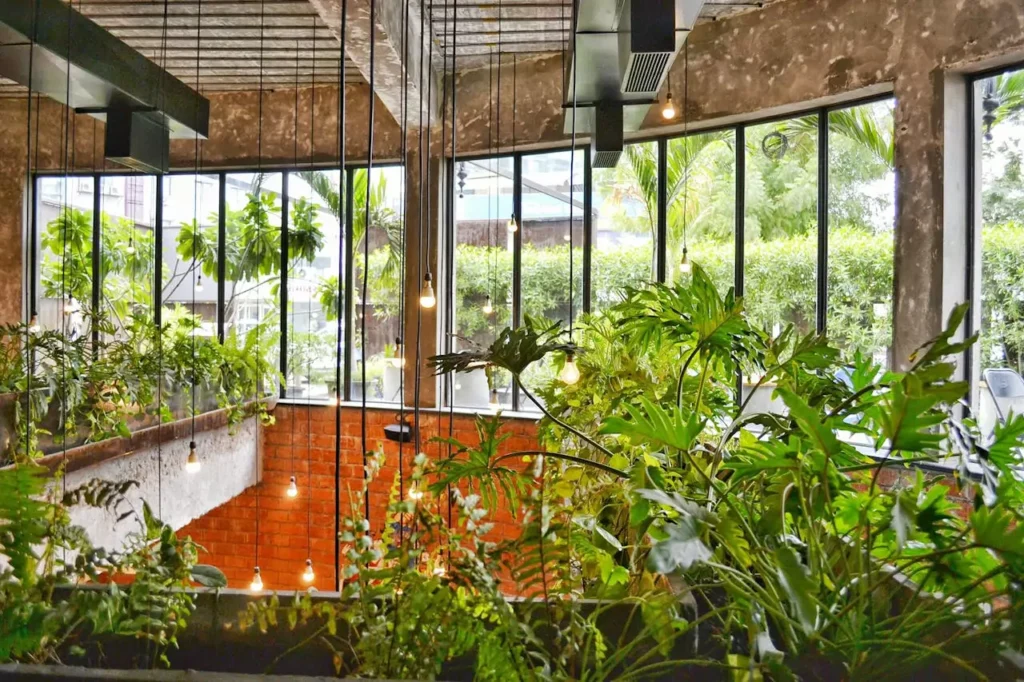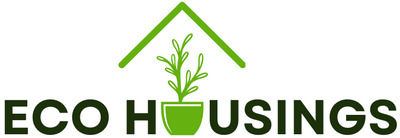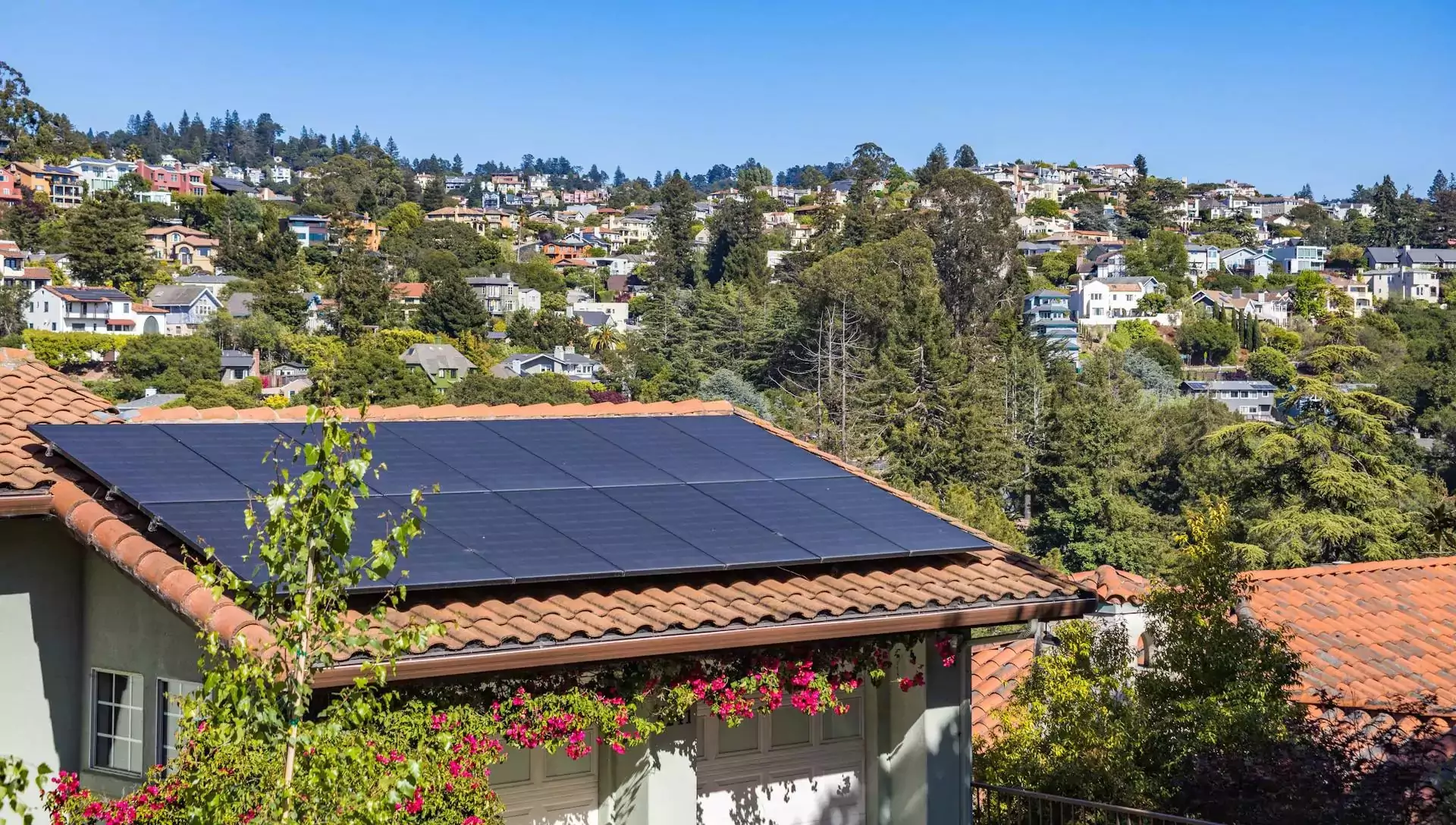1. The Impact of Buildings on Our Planet
Buildings are more important to the environment than we might think. They use lots of energy, release harmful gases, and use up valuable resources quickly. Did you know? Buildings contribute to about 40% of the world’s energy use and 33% of harmful gas emissions. These numbers show that we urgently need to change how we build and design our buildings to help the environment.

➤ Defining Sustainable Building
At its essence, sustainable building represents a departure from conventional practices, prioritizing harmony with the environment, resource efficiency, and occupant well-being. It is an ethos that permeates every facet of the building process, from design and material selection to construction and operation. Sustainable buildings are characterized by their ability to minimize environmental impact while maximizing economic value and societal benefit.
➣ The Benefits of Sustainable Building
The merits of sustainable building practices extend far beyond mere environmental stewardship. They encompass a trifecta of economic, environmental, and health benefits, each contributing to a more resilient and equitable built environment.
• Economic Benefits:
Lower Utility Bills: By optimizing energy and water usage, sustainable buildings yield substantial savings on utility bills over their lifespan. Increased Property Value: Studies consistently demonstrate that green-certified buildings command higher resale values and attract premium rents in the real estate market. Environmental Benefits:
Reduced Carbon Footprint: Through energy efficiency measures and renewable energy integration, sustainable buildings mitigate greenhouse gas emissions, combating climate change at the grassroots level. Resource Conservation: By prioritizing durable, recycled, and locally sourced materials, sustainable buildings minimize resource depletion and waste generation, fostering a circular economy. Health Benefits:
Improved Indoor Air Quality: Sustainable buildings prioritize ventilation, filtration, and the use of low-VOC materials, creating indoor environments conducive to respiratory health and overall well-being. Biophilic Design: Incorporating natural elements such as daylight, views of nature, and greenery enhances occupant satisfaction, productivity, and connection to the natural world.
2. Keyz Elements of Sustainable Building

A. Design for Efficiency
➣ Passive Solar Design:
Passive solar design harnesses the sun’s energy to heat, cool, and illuminate buildings, reducing reliance on mechanical systems and fossil fuels. Solar Orientation: Proper orientation of buildings relative to the sun’s path optimizes solar heat gain in winter and minimizes overheating in summer. Window Placement: Strategic placement of windows facilitates daylighting and natural ventilation, enhancing indoor comfort and reducing lighting and HVAC loads. Building Envelope Optimization:
Insulation Types: High-performance insulation materials, such as spray foam, cellulose, and rigid foam, minimize heat transfer through walls, roofs, and floors. Air Sealing Techniques: Sealing gaps and cracks in the building envelope prevents air leakage, improving energy efficiency and indoor comfort. Energy-Efficient Windows: ENERGY STAR-rated windows feature advanced glazing technologies that minimize heat loss in winter and heat gain in summer. Sustainable Landscaping:
Native Plants: Native plant species require less water, fertilizer, and pesticides than exotic varieties, promoting biodiversity and reducing maintenance costs. Rainwater Harvesting: Capturing and storing rainwater for irrigation reduces demand on municipal water supplies and alleviates stormwater runoff, mitigating flooding and erosion. Permeable Pavers: Porous paving materials allow rainwater to infiltrate the ground, replenishing aquifers and reducing the burden on stormwater infrastructure.
B. Resource-Efficient Materials
➣ Life Cycle Assessment (LCA):
Life cycle assessment (LCA) quantifies the environmental impacts of materials from extraction and production to use and disposal, enabling informed decision-making. Recycled Content: Incorporating recycled materials, such as reclaimed wood, recycled concrete, and recycled steel, conserves resources and reduces waste sent to landfills. FSC-Certified Wood: Wood certified by the Forest Stewardship Council (FSC) is harvested from sustainably managed forests, ensuring responsible forestry practices and biodiversity conservation. Low-Impact Insulation:
Cellulose Insulation: Made from recycled paper and treated with fire retardants, cellulose insulation offers excellent thermal performance and fire resistance. Spray Foam Insulation: Closed-cell spray foam insulation forms an airtight barrier, preventing heat loss and moisture intrusion, while also enhancing structural integrity. Cork Insulation: Harvested from the bark of cork oak trees, cork insulation is renewable, lightweight, and biodegradable, making it an eco-friendly alternative to traditional insulation materials. Embodied Energy:
Embodied energy refers to the total energy consumed during the extraction, manufacturing, transportation, and installation of building materials. Sustainable Material Selection: Prioritizing materials with low embodied energy and minimal environmental impact reduces the carbon footprint of buildings and promotes sustainable resource use. Durable and Low-Maintenance Materials:
Durability is a hallmark of sustainable building, extending the lifespan of structures and reducing the frequency of repairs and replacements. Low-Maintenance Materials: Materials resistant to wear, weathering, and degradation require less upkeep and contribute to long-term cost savings and resource conservation.
C. Water Conservation Strategies
➣ Low-Flow Fixtures:
Low-Flow Toilets: High-efficiency toilets use significantly less water per flush than conventional models, reducing water consumption without sacrificing performance. Low-Flow Showerheads: Aerated showerheads mix air with water to maintain pressure while reducing flow rates, conserving water and energy. Low-Flow Faucets: Water-saving faucets feature aerators that restrict flow rates without compromising water pressure, saving gallons of water per minute. Greywater Systems:
Greywater is wastewater generated from sources other than toilets, such as sinks, showers, and washing machines. Greywater Reuse: Treating and recycling greywater for non-potable uses, such as landscape irrigation and toilet flushing, reduces freshwater demand and wastewater disposal. Greywater Treatment: Advanced filtration and disinfection technologies remove impurities and pathogens from greywater, ensuring safety and compliance with water quality standards. Leak Detection and Repair:
Water leaks waste precious resources and contribute to water damage, mold growth, and structural deterioration. Leak Detection: Automated leak detection systems monitor water usage in real-time, alerting building owners to abnormal consumption patterns indicative of leaks. Leak Repair: Prompt identification and repair of leaks prevent water loss and mitigate the risk of costly water damage and mold remediation.
D. Renewable Energy Integration
➣ Solar Panels:
Solar photovoltaic (PV) panels convert sunlight into electricity, offsetting grid electricity consumption and reducing reliance on fossil fuels. Solar Thermal Systems: Solar thermal collectors use sunlight to heat water or air for space heating, domestic hot water, and pool heating, displacing natural gas or electricity. Solar Roof Tiles: Integrated solar roof tiles blend seamlessly with conventional roofing materials, providing a discreet and aesthetically pleasing solar solution. Other Renewable Options:
Wind Turbines: Small-scale wind turbines harness wind energy to generate electricity, complementing solar power and diversifying renewable energy sources. Geothermal Energy: Ground-source heat pumps (GSHPs) utilize stable underground temperatures to heat and cool buildings efficiently, reducing energy consumption and operating costs. Biomass Energy: Biomass boilers and stoves burn organic materials, such as wood pellets, agricultural residues, and municipal solid waste, to produce heat and electricity. Financial Incentives:
Government rebates, tax credits, and incentives encourage investment in renewable energy systems, making solar, wind, and geothermal technologies more accessible and affordable for homeowners and businesses. Net Metering: Net metering
allows owners of solar panels and other renewable energy systems to receive credit for excess electricity generated and exported to the grid, offsetting future electricity bills. Feed-in Tariffs: Feed-in tariffs guarantee a fixed payment for renewable energy generated and fed into the grid, providing a stable revenue stream and incentivizing renewable energy deployment. Renewable Energy Certificates (RECs): RECs represent the environmental attributes of renewable energy generation and can be bought and sold to support renewable energy projects and meet sustainability goals.
3. Ensuring a Healthy Indoor Environment

➤ Indoor Air Quality (IAQ):
Indoor air quality (IAQ) refers to the cleanliness and purity of indoor air, which can significantly impact occupant health and comfort. Ventilation Systems: Mechanical ventilation systems exchange stale indoor air with fresh outdoor air, diluting pollutants and ensuring adequate ventilation rates for occupants. Air Filtration: High-efficiency particulate air (HEPA) filters and electrostatic precipitators capture airborne particles, allergens, and contaminants, improving indoor air quality and respiratory health. Air Purification: Ultraviolet (UV) germicidal irradiation and photocatalytic oxidation (PCO) systems deactivate pathogens and neutralize volatile organic compounds (VOCs), enhancing indoor air quality and occupant well-being. Natural Light and Views:
Access to natural light and outdoor views has been shown to improve mood, productivity, and cognitive function among building occupants. Daylighting Strategies: Skylights, clerestory windows, and light shelves maximize natural daylight penetration into interior spaces, reducing the need for artificial lighting and enhancing visual comfort. Views of Nature: Incorporating views of nature, such as landscaped courtyards, green roofs, and biophilic elements, fosters a connection to the natural world and promotes mental well-being. Sustainable Building Materials for Health:
Low-VOC Paints: Paints with low levels of volatile organic compounds (VOCs) emit fewer harmful chemicals into the air, reducing indoor air pollution and promoting occupant health. Formaldehyde-Free Materials: Formaldehyde-free building materials, such as formaldehyde-free plywood, insulation, and adhesives, minimize off-gassing and indoor air pollution, creating healthier indoor environments. Healthy Building Materials: Sustainable building materials, such as natural stone, clay brick, and bamboo flooring, are non-toxic, hypoallergenic, and biodegradable, supporting occupant health and well-being.
4. Getting Started with Sustainable Building

➤ Planning and Design:
Sustainable design begins with thoughtful planning and collaboration among architects, engineers, builders, and stakeholders. Integrated Design Process: The integrated design process (IDP) involves interdisciplinary teams working collaboratively from project inception to optimize building performance and minimize environmental impact. Building Information Modeling (BIM): BIM software enables architects and engineers to visualize, simulate, and analyze building designs in 3D, facilitating informed decision-making and performance optimization. Performance-Based Design: Performance-based design focuses on achieving specific sustainability goals, such as energy efficiency, water conservation, indoor environmental quality, and materials selection, through iterative design and evaluation. Setting Goals and Priorities:
Identifying project goals and priorities is essential for aligning sustainable strategies with budgetary constraints and stakeholder expectations. Sustainable Building Goals: Setting measurable objectives, such as energy efficiency targets, water conservation goals, and green building certification aspirations, guides decision-making and performance tracking. Budget Allocation: Allocating resources for sustainable features, such as energy-efficient appliances, renewable energy systems, and green building materials, ensures their integration into the project budget and timeline. Lifecycle Cost Analysis (LCA): Lifecycle cost analysis evaluates the total cost of ownership of building systems and materials over their lifespan, accounting for initial costs, operating expenses, and maintenance requirements. Resources and Certifications:
Green building resources and certification programs provide guidance, education, and recognition for sustainable building projects. Green Building Resources: Organizations such as the U.S. Green Building Council (USGBC), Green Building Initiative (GBI), and International Living Future Institute (ILFI) offer resources, publications, and training on sustainable building practices. LEED Certification: The Leadership in Energy and Environmental Design (LEED) certification program recognizes buildings that meet stringent sustainability criteria across categories such as energy efficiency, water conservation, indoor environmental quality, and materials selection. Green Building Professional Credentials: Architects, engineers, and builders can obtain credentials such as LEED Accredited Professional (LEED AP) and Building Performance Institute (BPI) certification to demonstrate expertise in sustainable design and construction.
5. Conclusion
In conclusion, sustainable building practices represent a paradigm shift in the way we conceive, design, construct and buy buildings. By prioritizing efficiency, resource conservation, and occupant health, sustainable buildings offer a pathway to a greener, healthier, and more prosperous future. As stewards of the built environment, we have a collective responsibility to embrace sustainable building practices and pave the way for a sustainable and resilient planet for generations to come. Whether embarking on a new construction project or renovating an existing building, let us heed the call to action and champion sustainability in all our endeavours. Together, we can build a better world—one sustainable building at a time.



